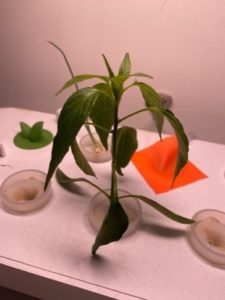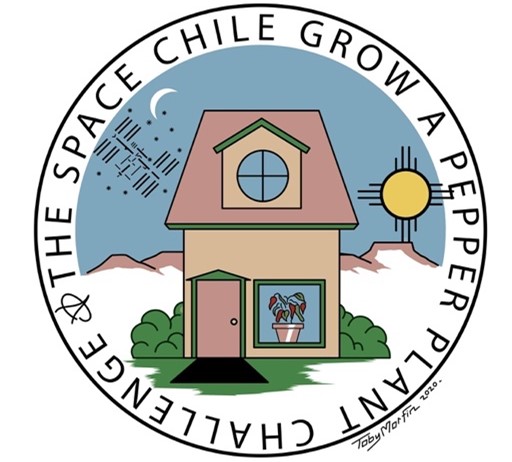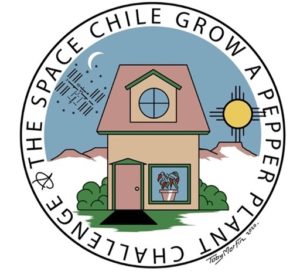My name is Luke and I’m about to undertake my PIPS placement with the Space Chile Grow a Pepper Plant Challenge. This is a citizen science project designed and run by Jacob Torres, a contracted engineering plant scientist at NASA’s Kennedy Space Center (although this placement is not affiliated with NASA!). While the placement will be based in Sheffield due to COVID restrictions, it’s sure to be an ‘out of this world’ experience!
So what is this challenge then?
The Space Chile Challenge was created by Jacob as a prelude to the PH-04 ‘Hatch-to-ISS’ mission scheduled to launch to the International Space Station in May 2021, which will see New Mexico chile peppers grown as the first fruiting crop in space as a technical demonstration of NASA’s Advanced Plant Habitat (APH) and its capabilities.
Chile peppers are rarely grown under controlled environment conditions (e.g. indoors, using hydroponics). As such the optimal conditions required for growing the heat and flavour into the peppers remain elusive. Participants in the challenge are tasked with growing Martinez Chimayo Chile Peppers, a candidate crop being grown at Kennedy Space Center, under controlled conditions, whether in soil, growth media or hydroponics. The more innovative and imaginative the better! Participants are encouraged to post regular updates and observations in the challenge’s Facebook group.
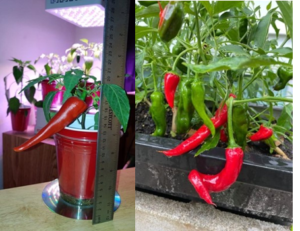
After harvest, yield data is recorded in an app designed for the challenge and results will be collated to help scientists at NASA determine the optimum growth conditions and methods for growing in space
How are you building a PIPs placement out of this?
My placement is going to be split into two parts, with an experimental and an outreach component. I’m currently designing and building a pair of APH-style growth cabinets for growing Española Improved chile peppers, the variety that will be grown in the PH-04 mission. One chamber will replicate the growth method NASA currently uses, and the other will contain a synthetic foam growth substrate developed here at the University of Sheffield by PhD student Harry Wright.
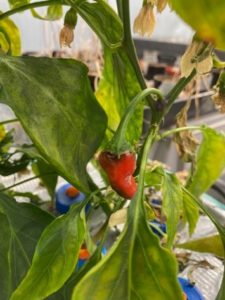
The aim is to test the suitability of the foam as a growth substrate in space by comparing to NASA’s current growth methods. The foam has a number of advantages for use in space – 1. It is lightweight 2. It can be vacuum-packed to reduce volume and 3. It has the potential to be re-usable. All are crucial requirements for future long-term crewed missions to the Moon and Mars.
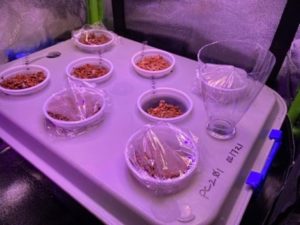
Outreach will also form a significant part of my placement, with the main goal being to formally introduce the challenge to the UK, both in schools and to the general public. I will be helping implement the challenge in a small number of school science clubs and will be providing chile seeds and offering support and advice to any members of the general public interested in taking part.
This sounds awesome, how can I get involved?
If you would like to participate in the challenge, please send an email to llfountain1@sheffield.ac.uk and provide an address that I can send seeds to. While you’re waiting for your seeds to arrive, decide which growth method you would like to use – you can see the pictures in this blog post and check out the challenge Facebook group for inspiration, or come up with your own! Once your seeds are planted, document your progress using the group Facebook page, and upon harvest of your chile peppers, please record your data in the data app.
Happy space farming! Follow along here for more blog posts as the project develops.
